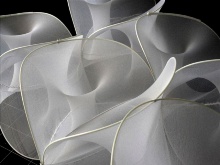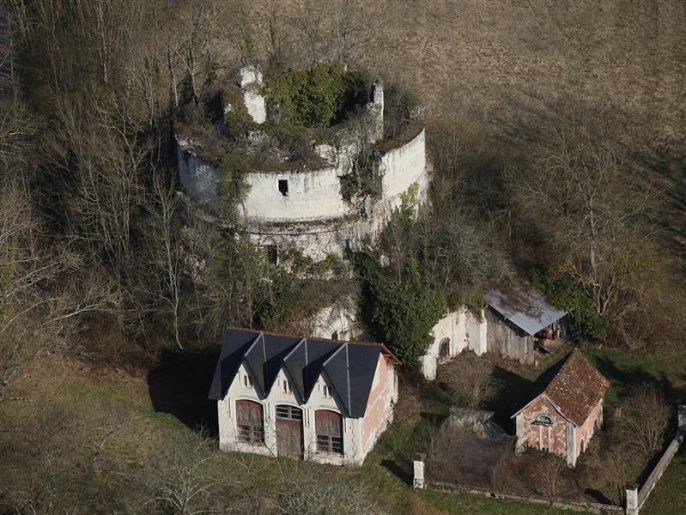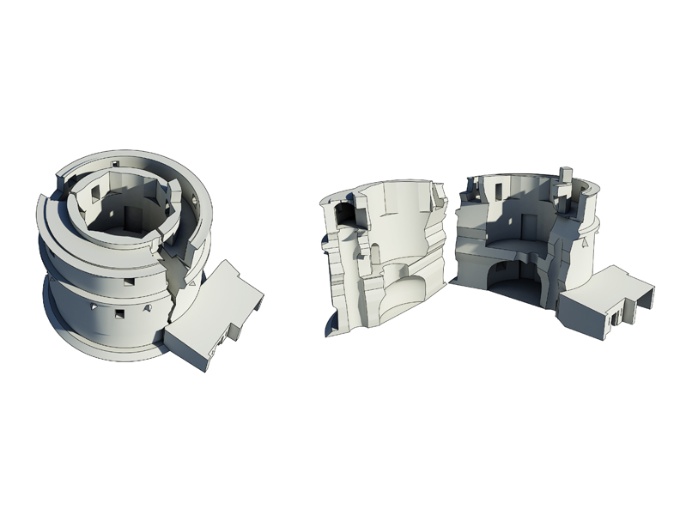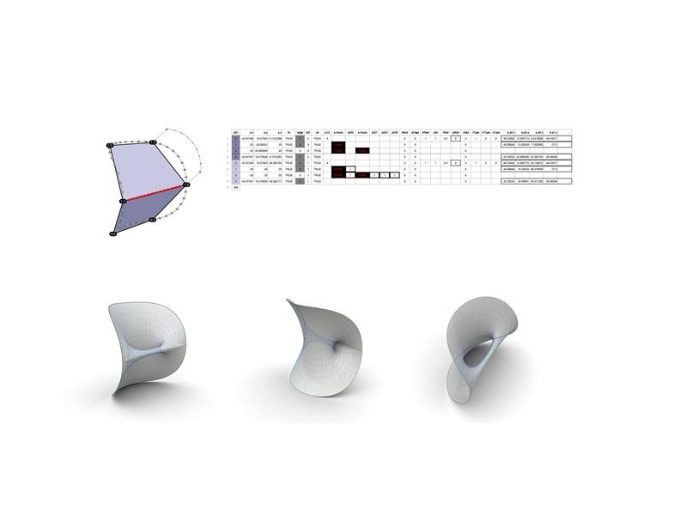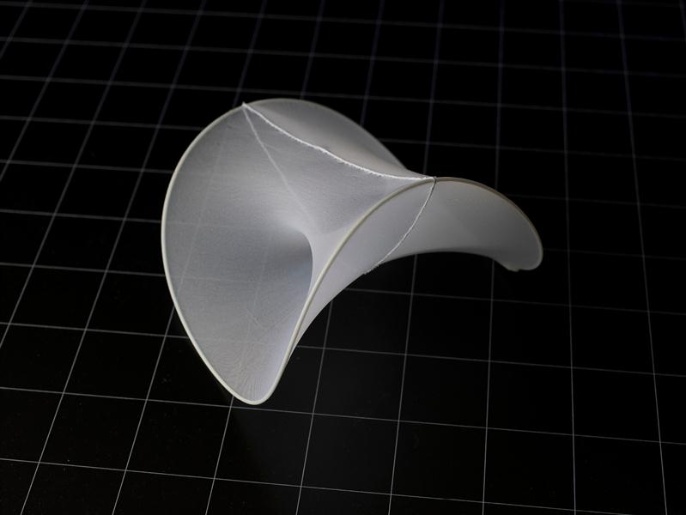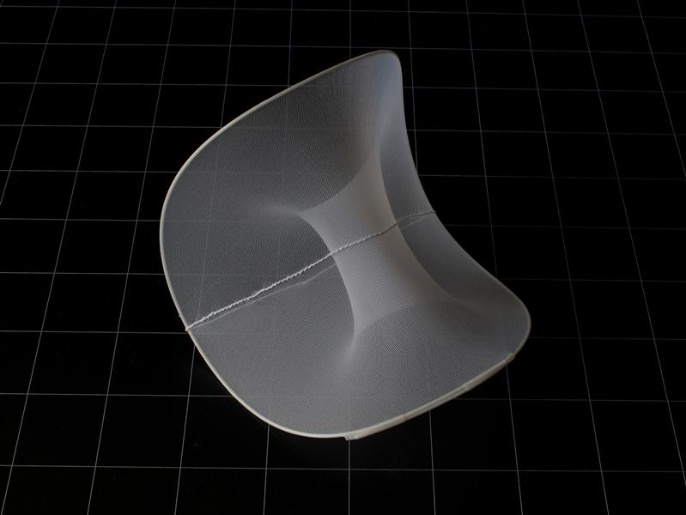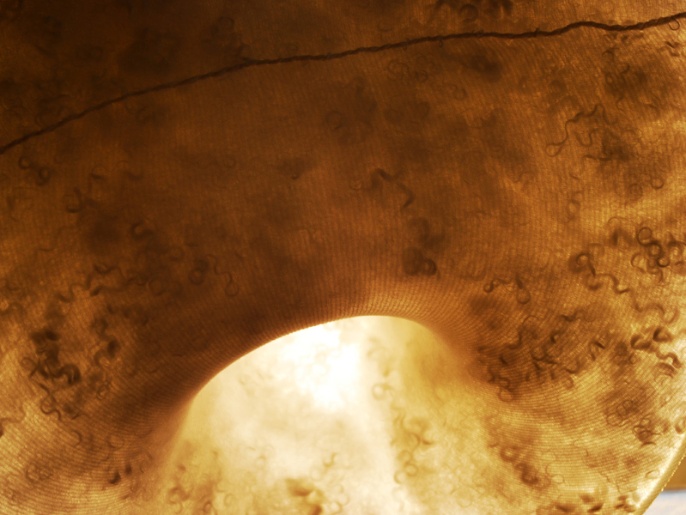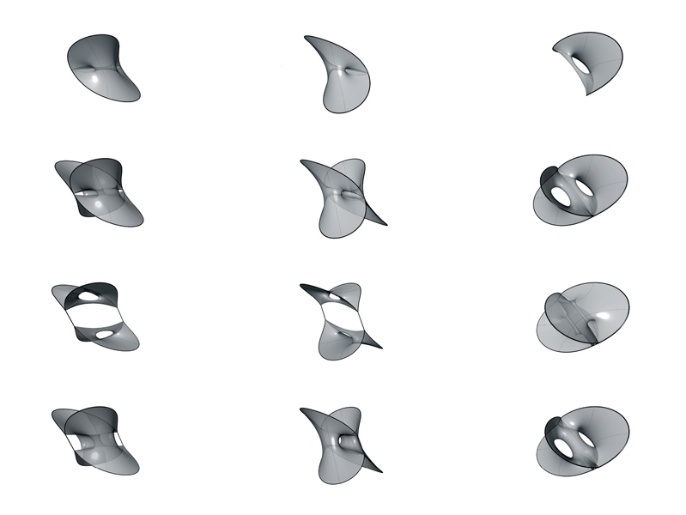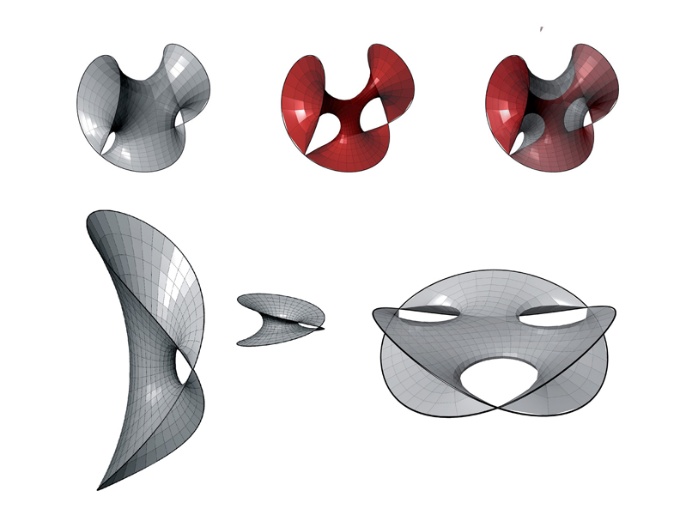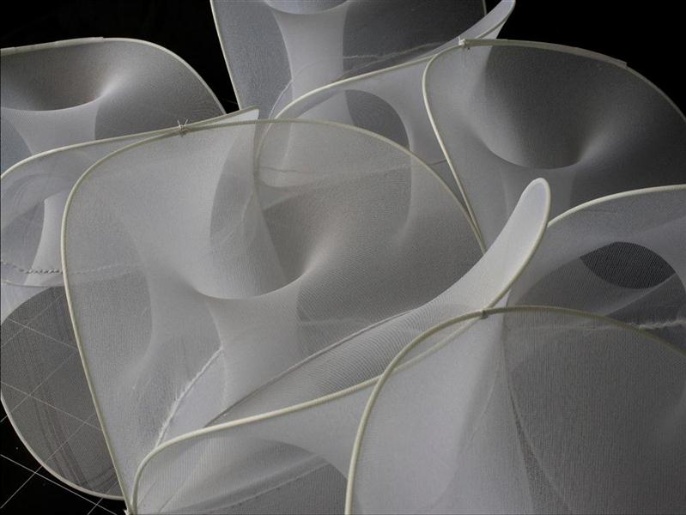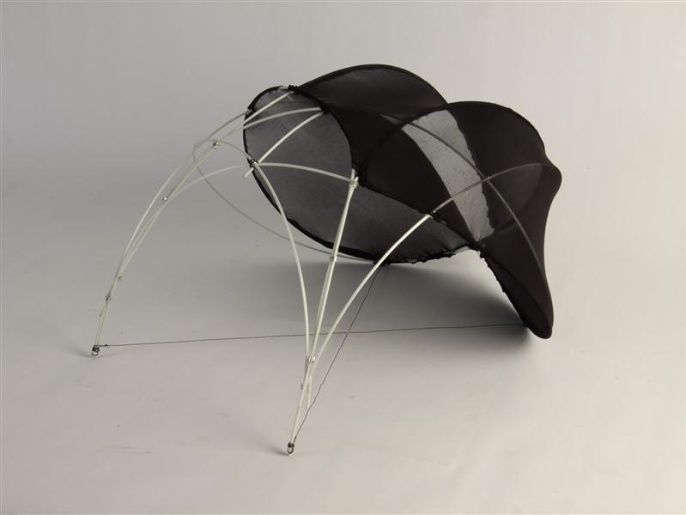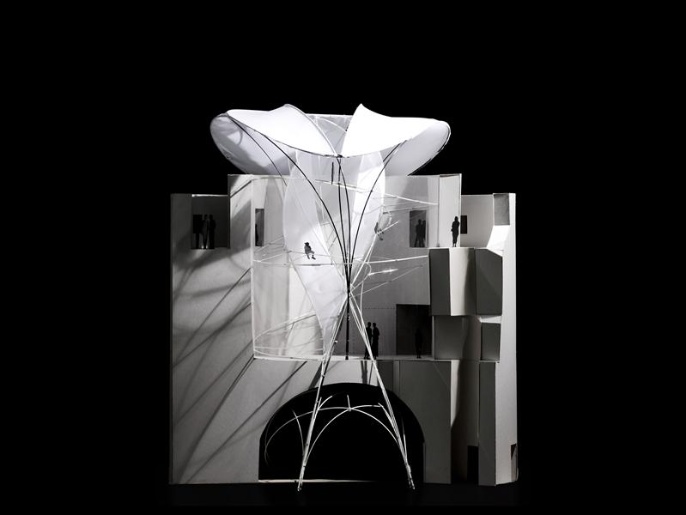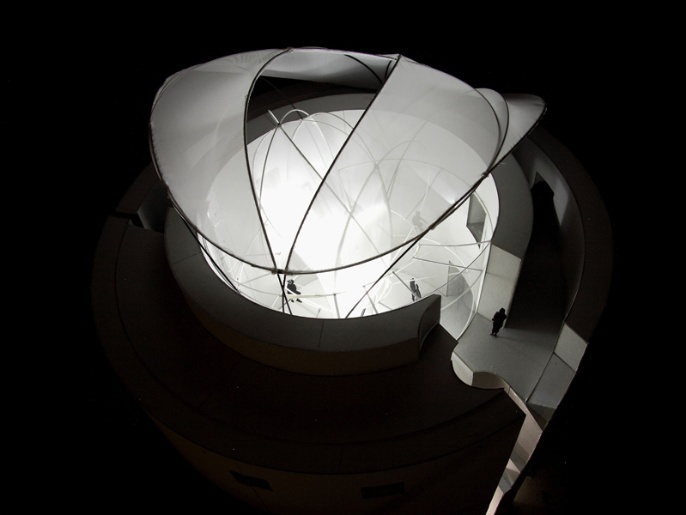Following the brief for the studio Spatial Intensifiers, this project studies hybrid form-active material systems for implementation within a highly context-sensitive site. The project proposes an intricate bending- and tension-active system woven within a historically sensitive stone tower, whose design was initially sketched by Leonardo da Vinci and subsequently built in the early 1500s. The self-structured system embeds enclosure, spatial subdivision, acoustic modulation, and circulation within the central spaces of the tower which spans 20 meters in diameters and 30 meters high.
Integrating current research from Sean Ahlquist (ICD) and Julian Lienhard (ITKE), the material system is comprised of tension-active surfaces spanning between bending-active linear elements. The integrated, yet structurally and material complex, system allows for the "short-cutting" of significant external forces which are often undesirable ramifications of membrane structures. This is highly relevant to the project as the proposed design is meant to be spatially impressive upon the tower volume yet minimally invasive to its deteriorating physical structure.
The structural-material logic occurs at multiple levels of the system - within a volumetric (toroidal) cell structure and as a macro woven framework. Arrays of volumetric cells define a deep surface, providing multiple material layers and enclosed micro-volumes which may house insulating materials (in this case, utilizing shredded polyester). The insulating materials provide, for example, acoustic modulation in the stone vaulted dome space at the lowest level of the tower. A series of overlaid leaf-shaped macro-bending element serve to shape the overall form and define the variable depth of the deep surfaces. With the lower dome space, the bending-active shell structure is allowed to press into the hemispherical shape providing resistance against the stone walls and stabilizing the intervening structure. Depending upon the spatial functions, the logic, in material and form, is articulated to consider qualities of illumination (light reflection or dispersion), acoustic damping, and thermal modulation, as well as in certain conditions provide localized, albeit minimal, stabilization to the existing stone structure.
The forms and material calibration (between stiffness of bending elements and strength of textiles) were exhaustively studied through physical models and within a physics-based modelling environment programmed in Processing. GFRP rods of varying cross-sections were tested against textiles of varying degrees of elasticity and fibre make-up (from elastin to polyamid fibres). Such research provided a vehicle for constructing highly materially-informed scaled study models, but would need to be re-addresses when considering full-scale construction.
This project is currently being continued through the seminars Deep Surface Morphologies and Building Project where aspects of the proposed design will be utilized to design and build an enclosure adjacent to the tower. The enclosure will serve as an exhibition and work space as work continues to be done in stabilizing and restoring the historic structure.
Spatial Intensifiers studio brief


